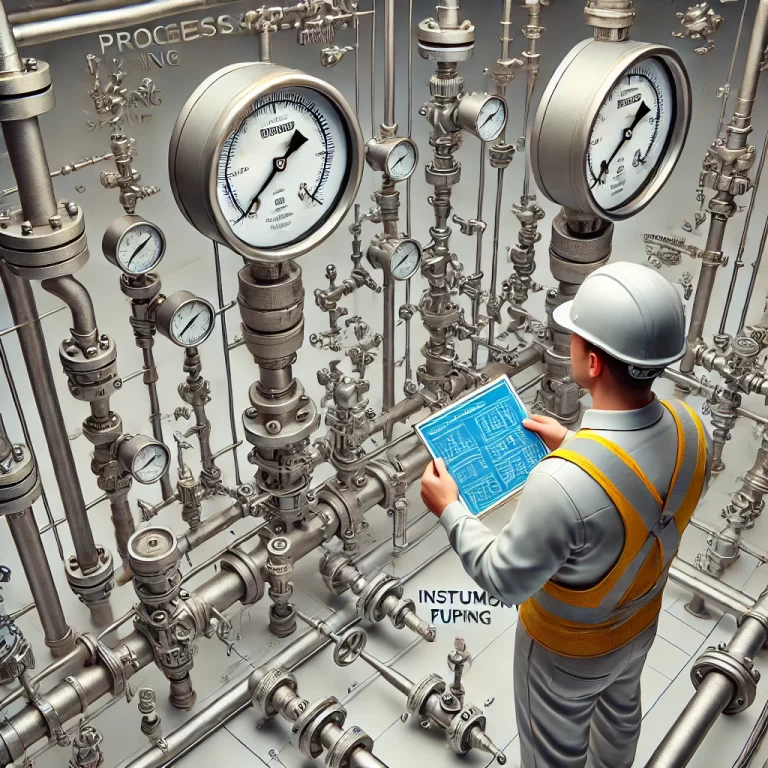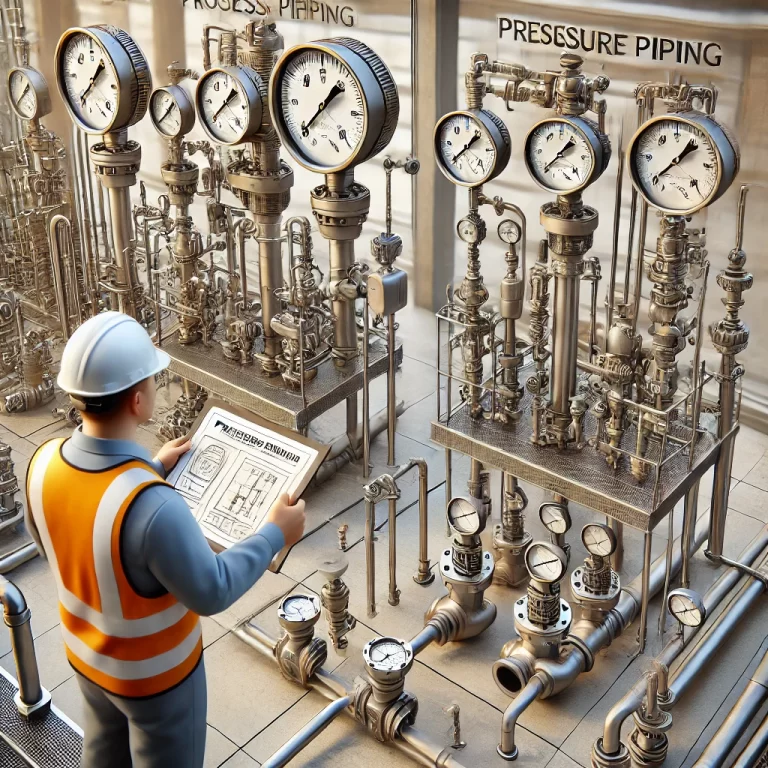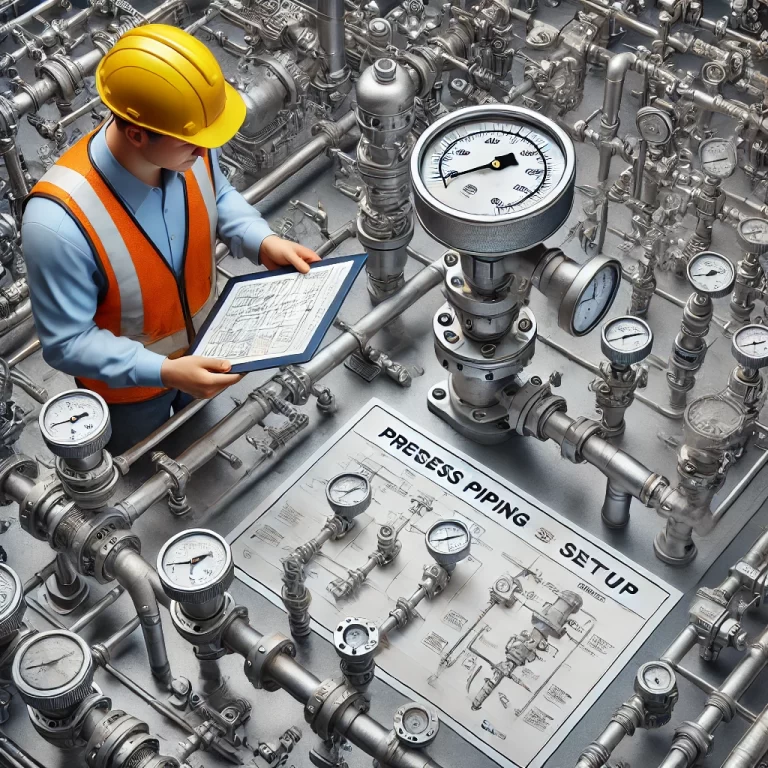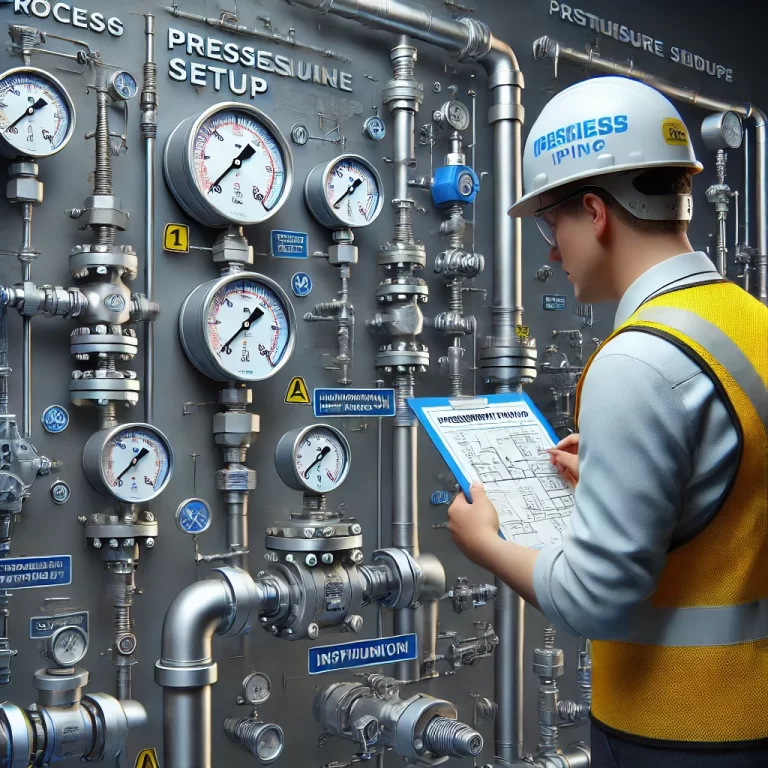Pressure gauges are widely used in industrial settings, laboratories, and even daily life. Despite their ubiquity and critical role in safety, their calibration schedules are often overlooked. Some may think, “As long as the needle moves, it’s fine.” However, nothing could be further from the truth.
Without regular calibration, a pressure gauge can accumulate measurement errors exceeding 10%, creating serious safety risks. This small device—often no larger than the palm of your hand—carries the heavy responsibility of protecting both lives and production assets.
So, how often should a pressure gauge be calibrated? And why is calibration non-negotiable?

1. How Often Should Pressure Gauges Be Calibrated?
There is no one-size-fits-all rule. Calibration frequency must be tailored to the gauge’s application and operating environment. However, a general benchmark is provided by China’s JJG52 standard, which recommends calibration every six months for most use cases. Below is a more detailed breakdown:
a) General Industrial Environments
Recommended Interval: Every 6 months.
If the gauge operates under harsh conditions—such as high temperature, high humidity, or frequent vibration (e.g., in chemical plants or boiler rooms)—shorten the interval to every 3 months.
b) High-Precision or Safety-Critical Applications
Laboratories, medical devices, or safety monitoring systems often fall under mandatory verification based on the Mandatory Verification Catalogue.
Standard Interval: Every 6 months.
Trade settlement gauges (used for billing or transactions) usually require annual verification.
c) Calibration Triggered by Abnormal Events
Calibration should be immediately performed if the pressure gauge:
Has experienced mechanical shock or sudden pressure surges.
Was used beyond its rated pressure range.
Was exposed to harsh storage conditions, such as humidity, vibration, or corrosive environments.

2. Why Is Calibration Necessary?
Calibration is more than a technical task—it is a safeguard for safety, quality, and compliance.
a) Safety First
Pressure gauges act as the “eyes” of pressurized systems. If a gauge shows incorrect values, critical safety devices like pressure relief valves may fail to activate in time, leading to overpressure accidents or even explosions.
b) Regulatory Compliance
According to China’s Metrology Law, gauges used in safety protection, healthcare, or trade settlements must undergo regular mandatory verification. Operating unverified equipment can result in legal penalties or rejection of product batches.
c) Accuracy Assurance
Over time, internal components such as the Bourdon tube, gear mechanism, and linkages experience fatigue, wear, and material deformation, resulting in:
Nonlinear readings
Hysteresis
Loss of calibration stability
Regular calibration detects and corrects these deviations before they impact operations.

3. Calibration Requires Expertise—Choose Certified Providers
Calibration isn’t just about comparing readings—it’s a precise process that involves:
Checking linearity, repeatability, and hysteresis.
Applying controlled pressure sources and reference standards.
Documenting results in accordance with metrological protocols.
If your facility lacks metrological accreditation, it’s recommended to outsource to a CNAS-accredited third-party calibration laboratory (e.g., Bonna Testing or similar). Certified labs issue legally recognized calibration certificates that stand up to audits and inspections.

Final Thoughts: A Small Device with a Big Responsibility
Calibrating your pressure gauges regularly is not a bureaucratic formality—it’s a strategic investment in safety, compliance, and operational excellence. By developing a reasonable calibration schedule based on usage intensity and environment, and by working with professional service providers, you ensure your pressure gauges are:
✅ Accurate
✅ Reliable
✅ Compliant
Every tick of that gauge needle reflects your company’s commitment to quality and safety.
When was the last time your pressure gauge was calibrated?
